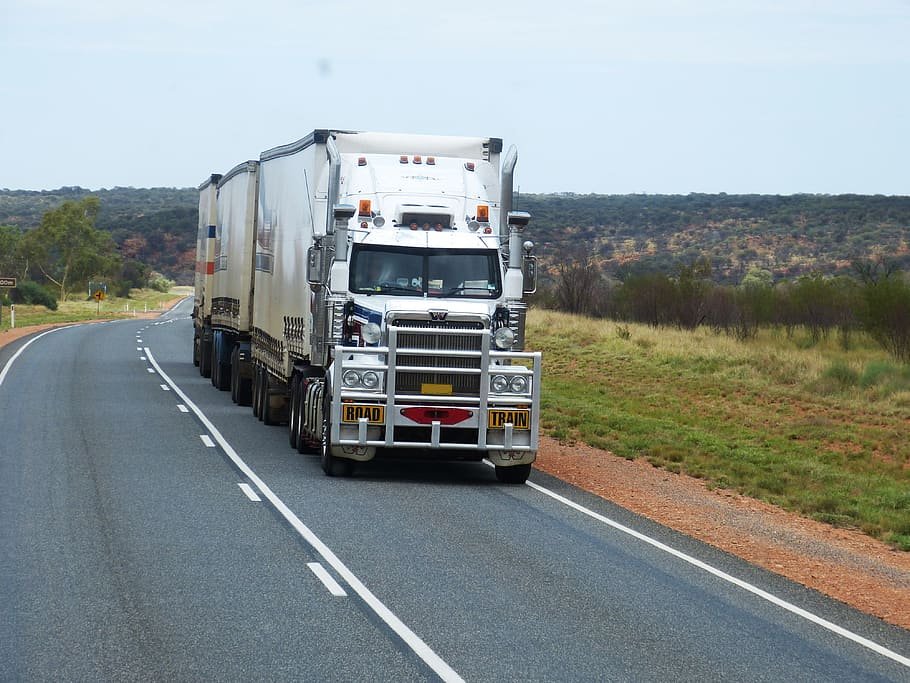Table of Contents Show
Moving a long distance can be daunting. You look around your home, and you wonder if you can pack it all up to get it shipped.
Then you wonder what you can get rid of or sell because there is just so much stuff. After you get past what is inside the house, you think of what might be outside in the garage.

At that point, you start to think about what you are going to do with the car. It can all get overwhelming, so to help you get some perspective on the move, here are some things to consider.
1. Overall Cost
Moving a whole house can be expensive, especially if you have a family. Going a long distance makes you take stock of what you have and what you need to get rid of in your belongings.
The more stuff you take, the more expensive it is to make a move, so you need to look at the overall cost of moving your things.
Be brutally honest with yourself and look at what you have. If you will not need it or have not used it for a long time, you can probably get rid of that item without missing it later.
Consider shipping your car to help streamline the moving process. Ask about discounts or bundled rates if you need to send multiple vehicles, too.
Doing so can lower the fee enough to make it worthwhile to ship your vehicles. Compare moving companies and car shipping companies to get the best rates to determine the cost you can expect to pay once everything is done.
To avoid surprise fees, always ask if the rate is guaranteed and get it in writing.
2. Distance to the Destination
Consider the distance to the destination to help you plan accordingly. You may want to take even fewer items if you are going a longer distance.
What you consider long-distance may not be the same thing someone else thinks, so think about what you are willing to do. Do you want to make the drive, or would you rather ship your car?
Maybe you will stay within a one-thousand-mile radius from your current location, which can make you consider keeping more.
Perhaps you are going to another country, and you can only take what you can carry. You might not even be able to take your car, depending on where you are going.
Distance to your destination can significantly impact what you decide to take with you, so be sure to take that into account.
Read Also:
- Long Distance Moving? Tips To Get You Ready for The Big Day
- A Basic Guide to Planning a Local or Long-Distance Move
- Best Tips for Families in Long-Distance House Moves
- How to Prepare Your Kids for a Long-Distance Move
- Factors to Consider When Choosing a Mover to Hire
- 7 Moving Tips That’ll Make the Process Easier
3. Potential Wear and Tear on Your Car
If you are thinking about driving to your destination along with a moving truck, do not neglect to think about the wear and tear you’re putting on your car.
It might not be at the forefront of your mind, but thinking about how it can depreciate your car’s value should make you pause.
If you plan on selling or trading in your vehicle, you can’t ignore what this type of driving can do to your car.
The average person drives about 14,000–16,000 miles every year. Moving a long distance, like going across the country, adds unnecessary mileage.
The more miles you put on your car, the more it loses value. Add the way you increase the wear on your car’s internal mechanisms, and your car could face more issues causing unexpected expenses sooner than intended.
4. Contacting Necessary People and Companies
When you move, you need to close accounts with certain companies like utilities or other services.
These need to be timed right so everything gets shut off at the right time because you do not want to have water cut off before you leave. Talk to the companies to determine what the best plan needs to be to move forward.
You also need to look into what services you’ll need in your new location. Find locals through social media so you can get to know what is available.
Ask questions about utilities, services, care providers, lawn companies, and various other things you might need.
Not only will you get to know the community before you get there, but once you arrive, you will know who to contact when you need something done.
5. Safety of the Journey
Flying will probably be the safest way to get to your destination. But if you’re planning to drive, you need to plan where you will stay, eat, get fuel, and anything else that comes up as you make the trip.
After all, you do not want to be stuck with your fuel tank on empty and not have a gas station in sight.
Imagine being stranded with children in tow without any help nearby. That is not a situation you want to be in.
Traveling with a family also means you need to have stops planned along the way. Some people do okay with stopping on a whim, but planning can make the drive go more smoothly.
Making sure you and your family are safe along the way is a priority to get to your destination in one piece.
Plan lodging in safe places by checking reviews for places along your route. Do not forget to stop periodically and stretch so you do not fall asleep on the road.
The Bottom Line to Moving Long Distance
When you start planning to make a long-distance move, there is a lot to think about and organize. Start by looking at the overall cost so you can plan your budget accordingly.
The distance to the destination can impact your decision on what goes or what stays. You also need to decide if you want to drive your car or ship it instead.
Do not forget to contact utility companies and other necessary people to let them know you will be moving.
If you decide to drive the distance, plan out your stops to make sure you make it safely.









